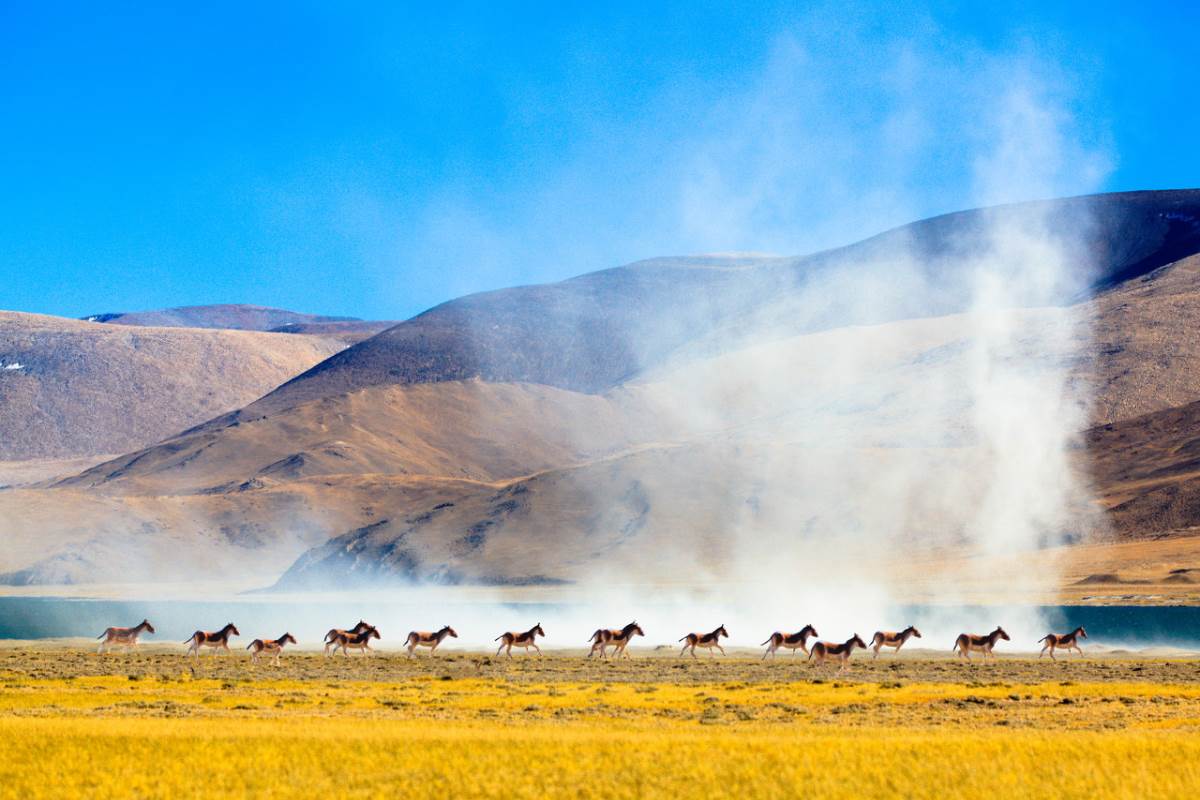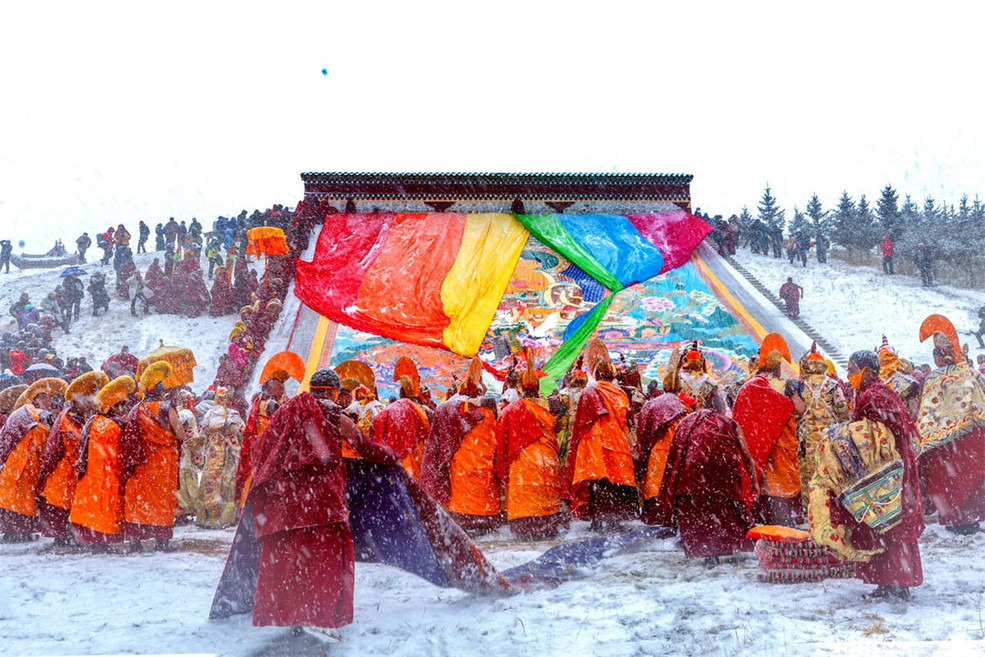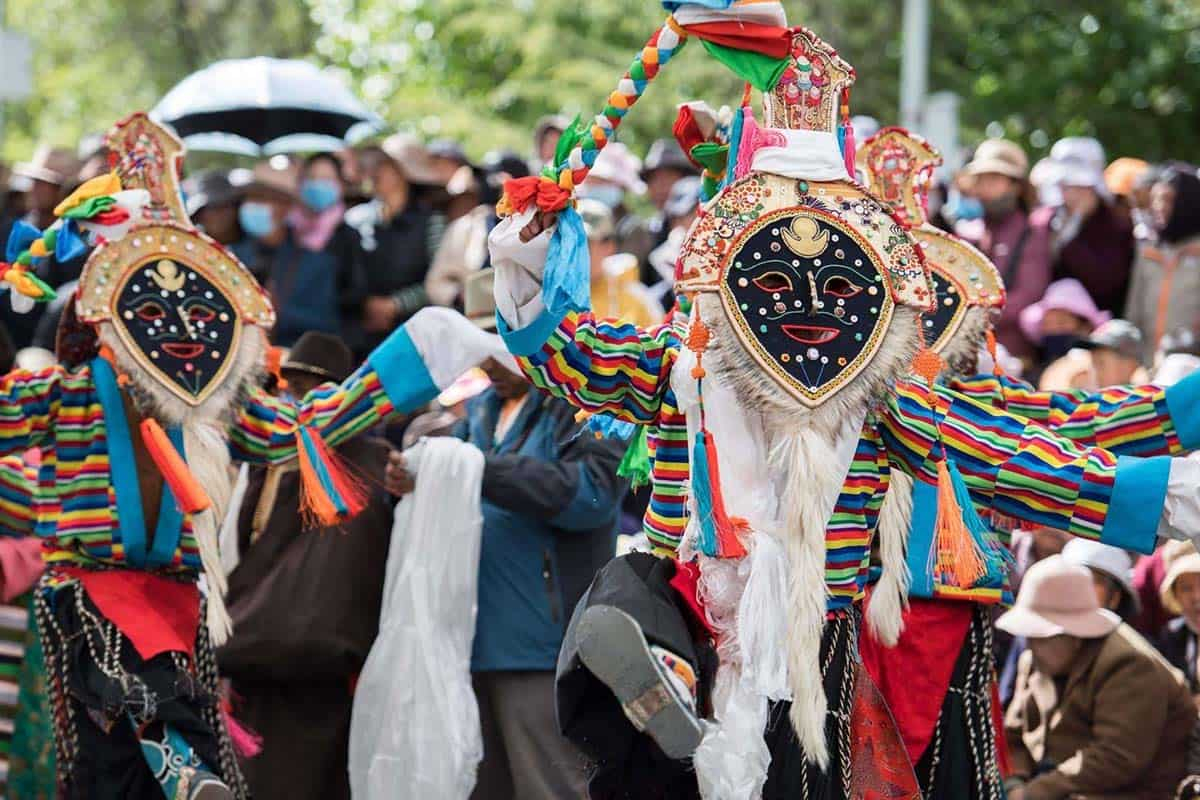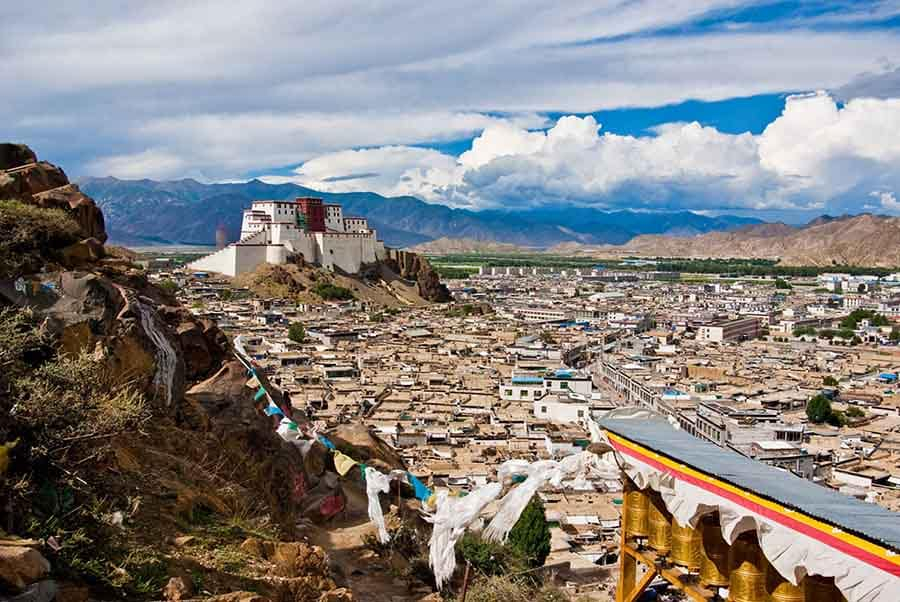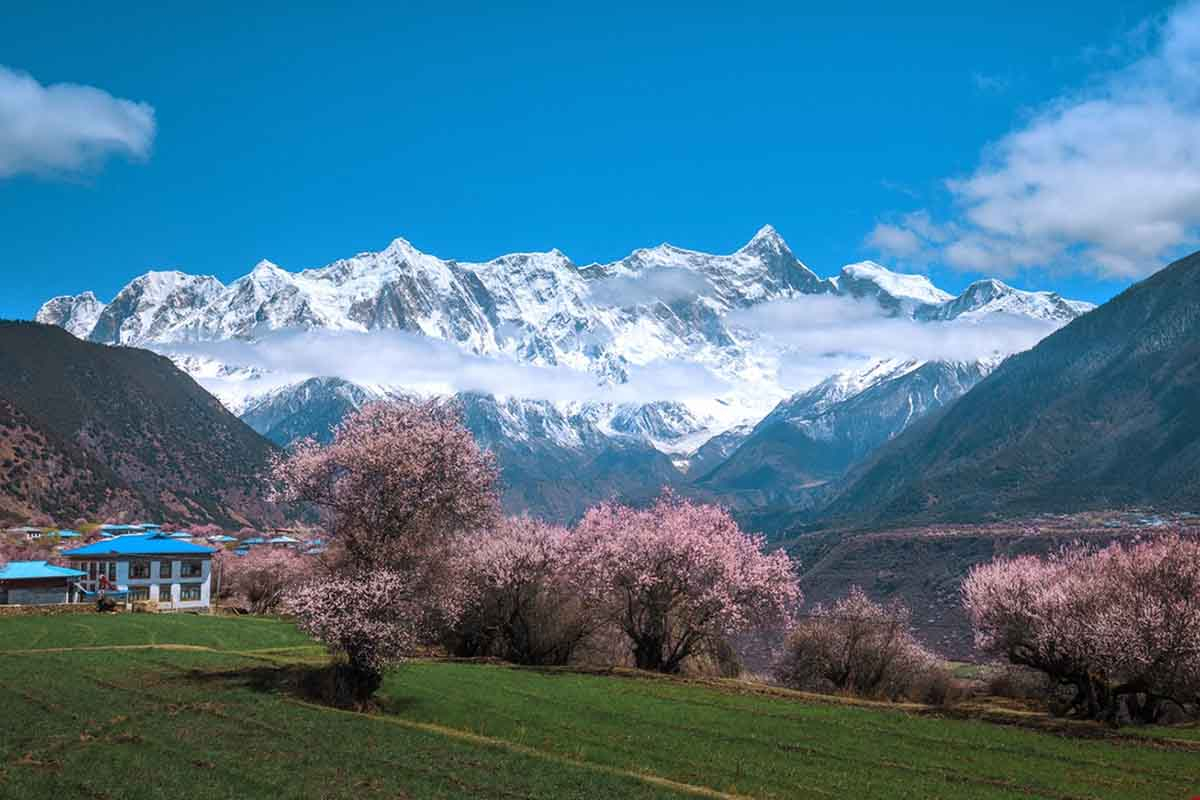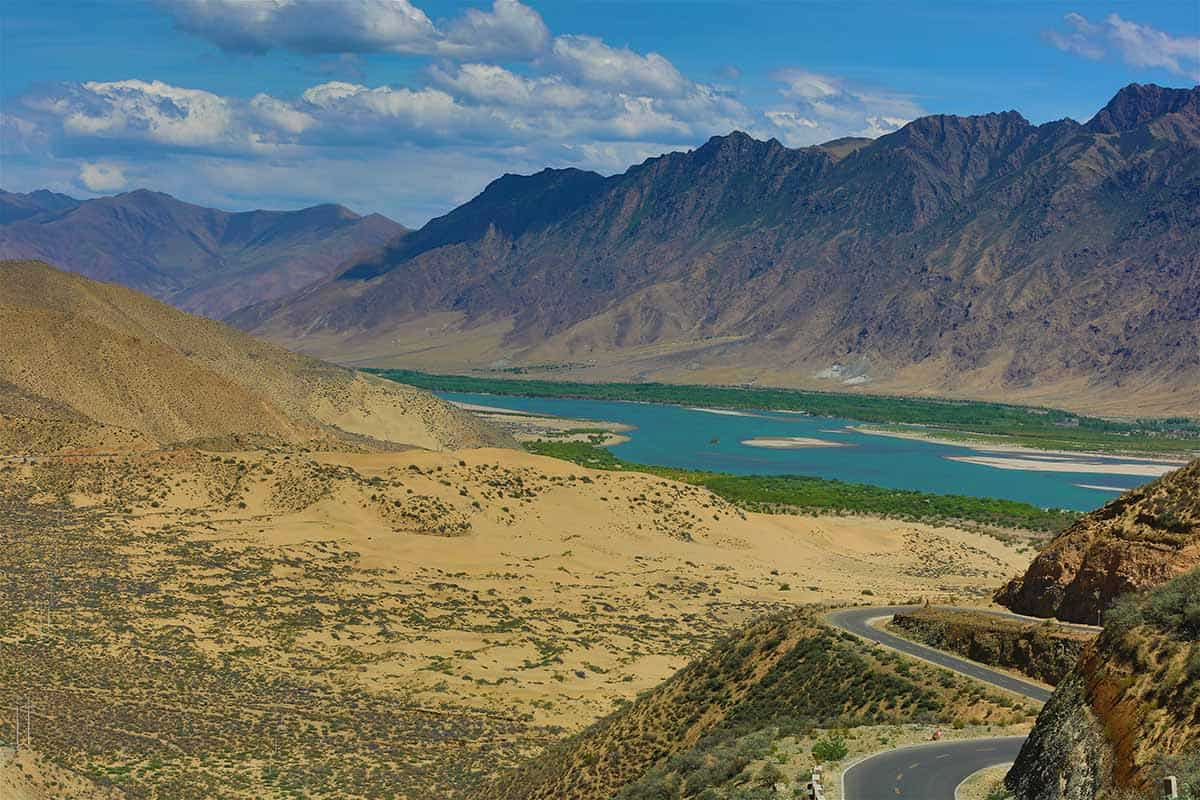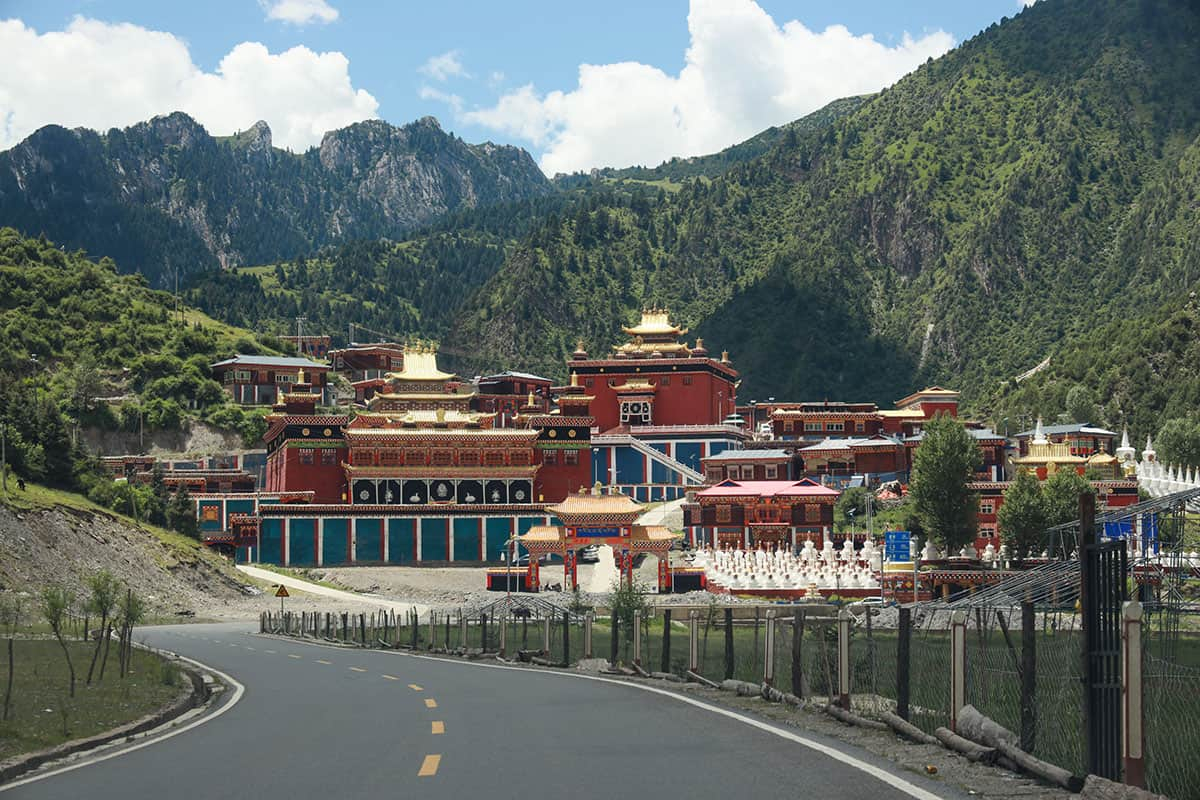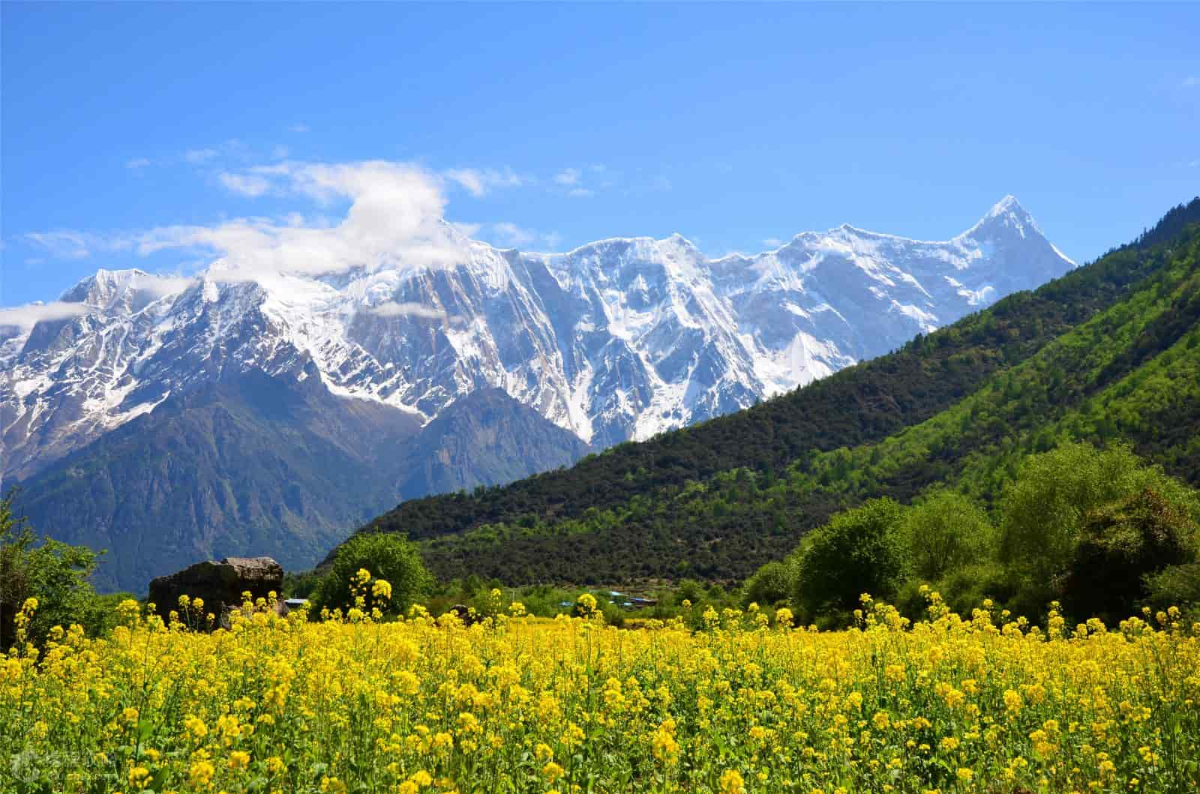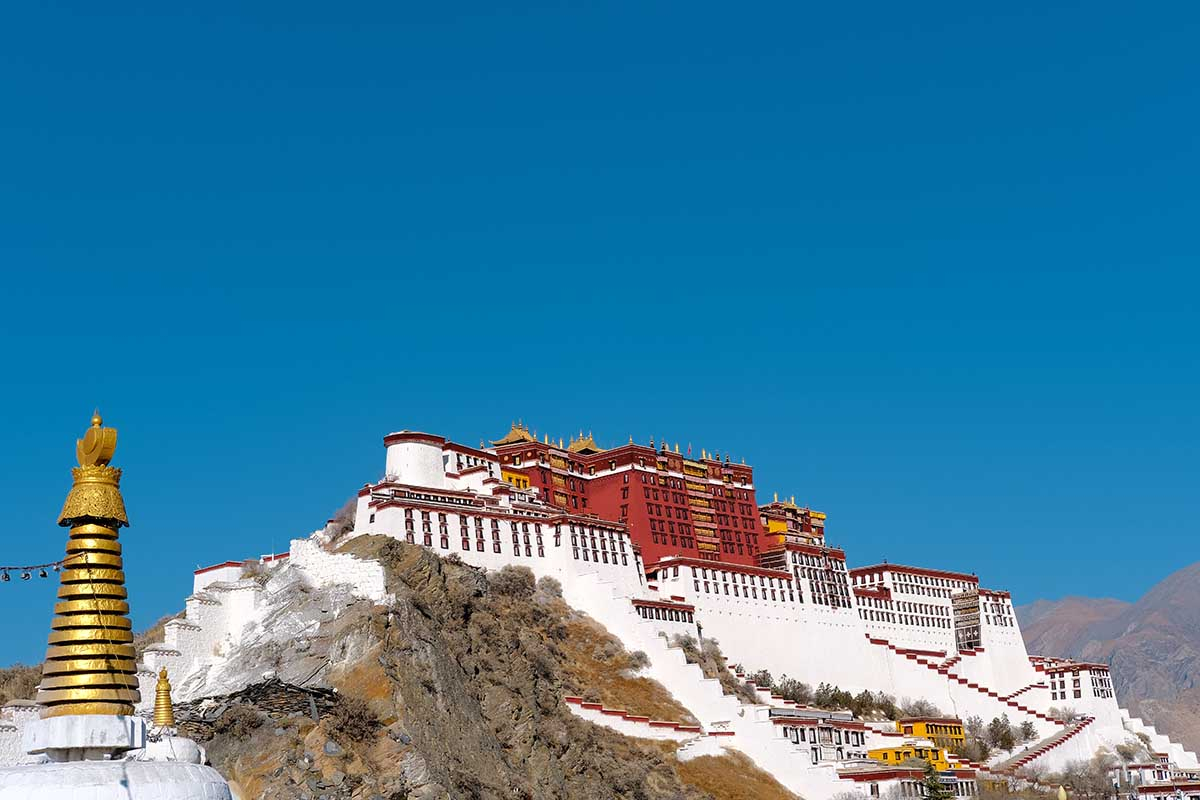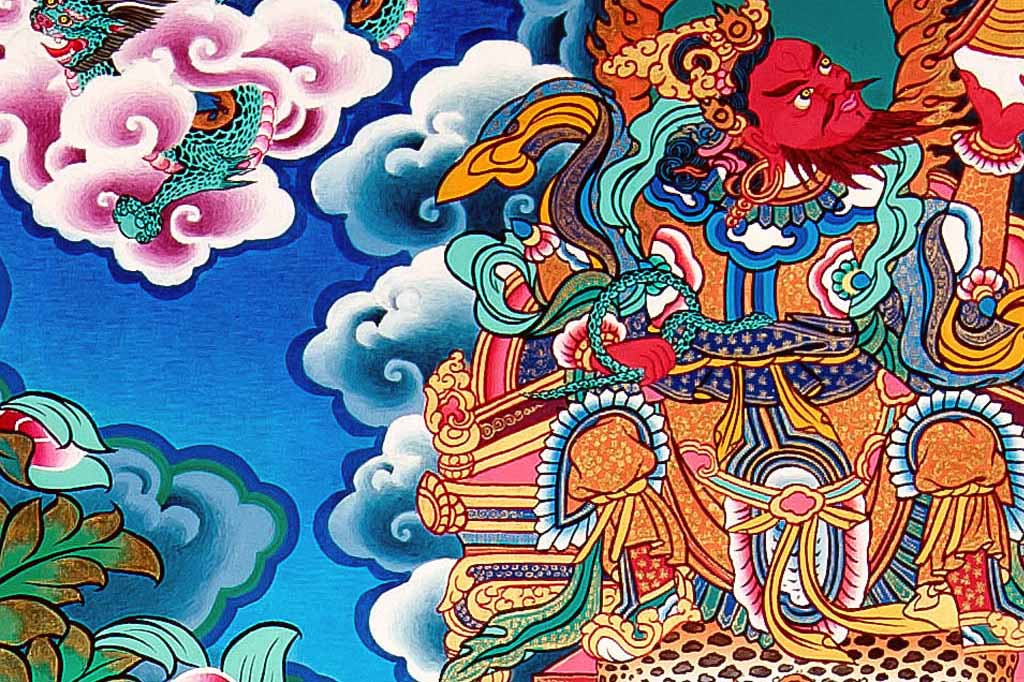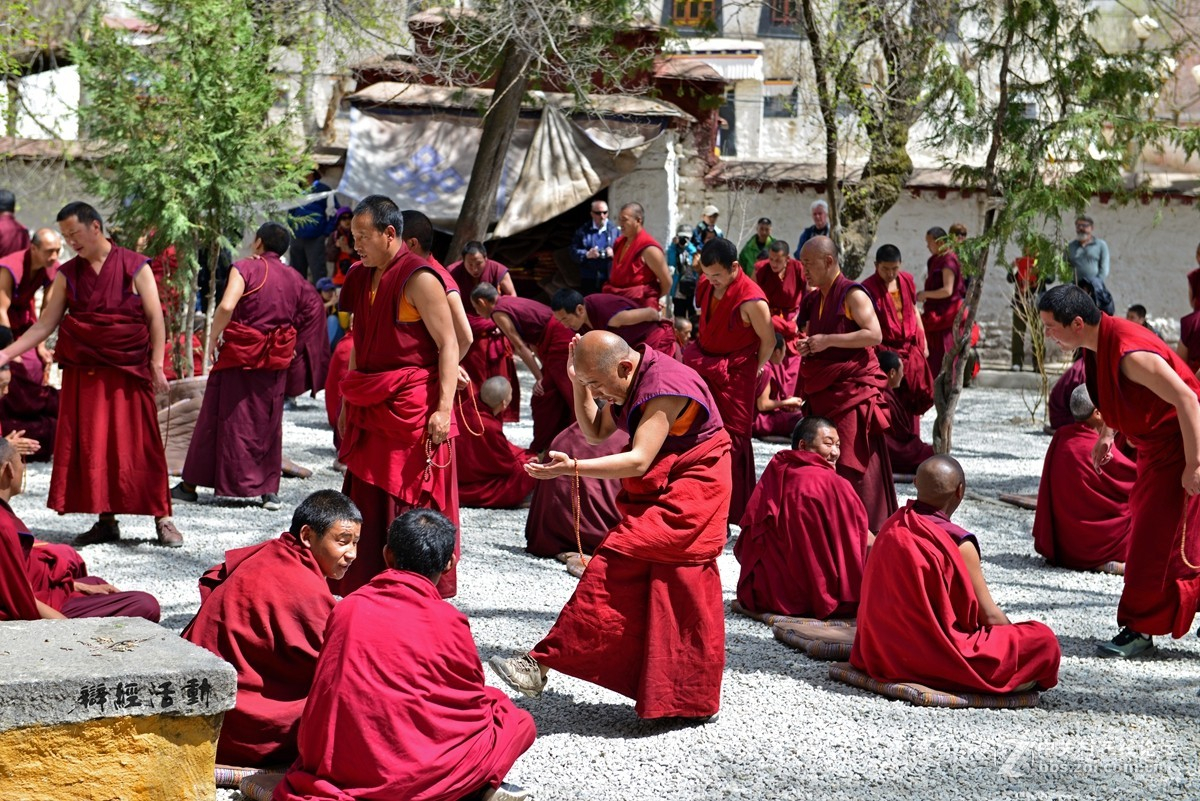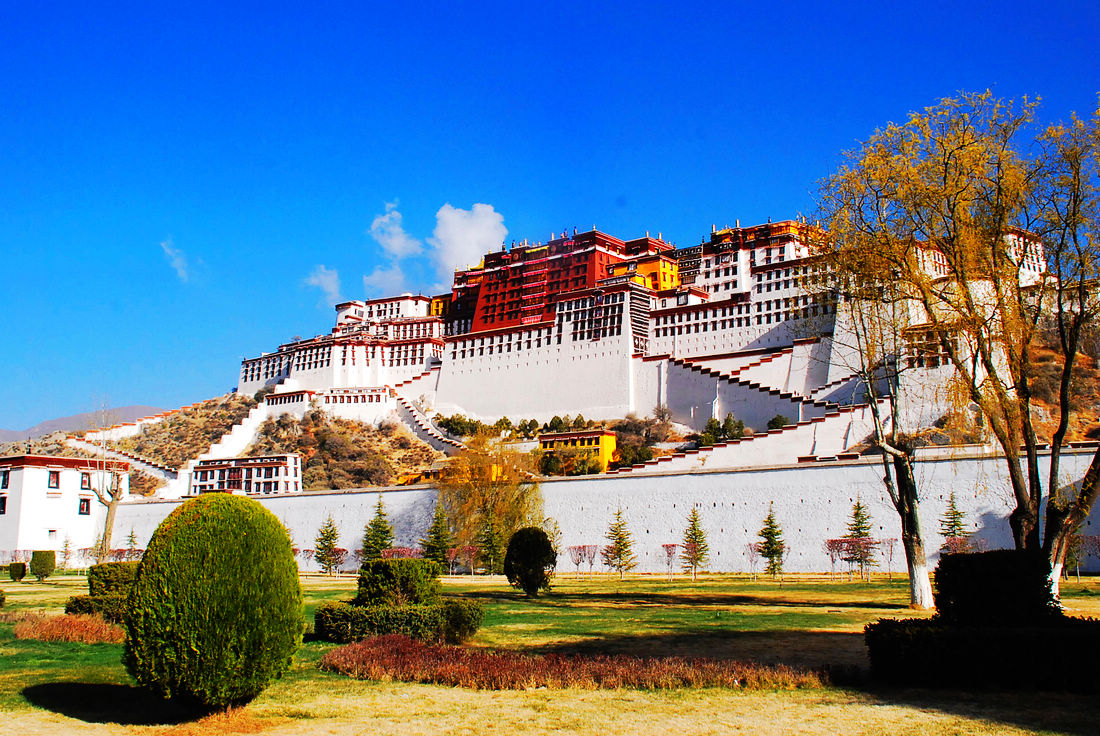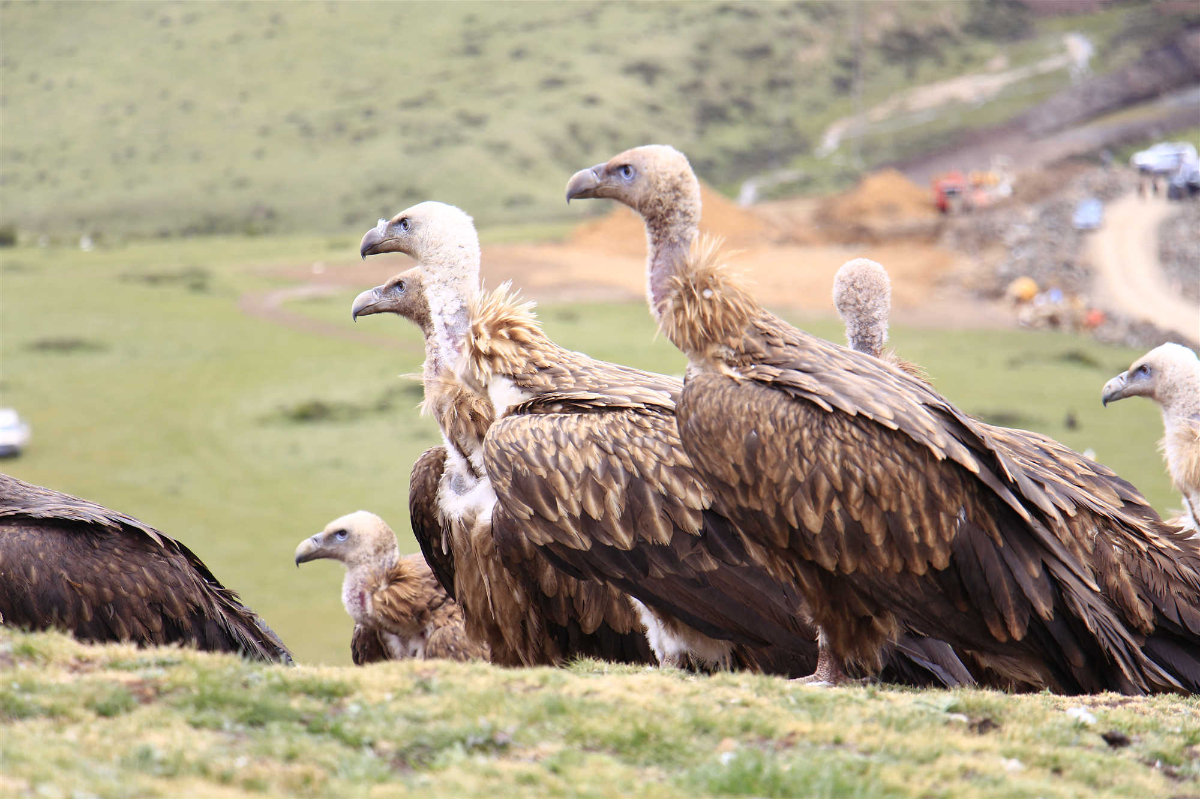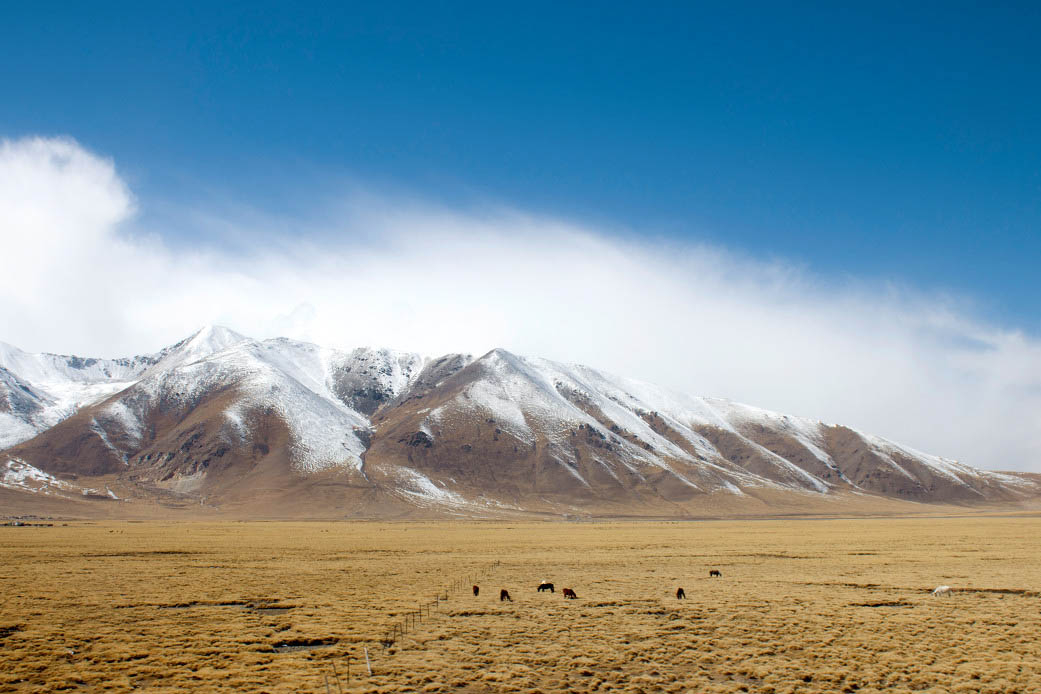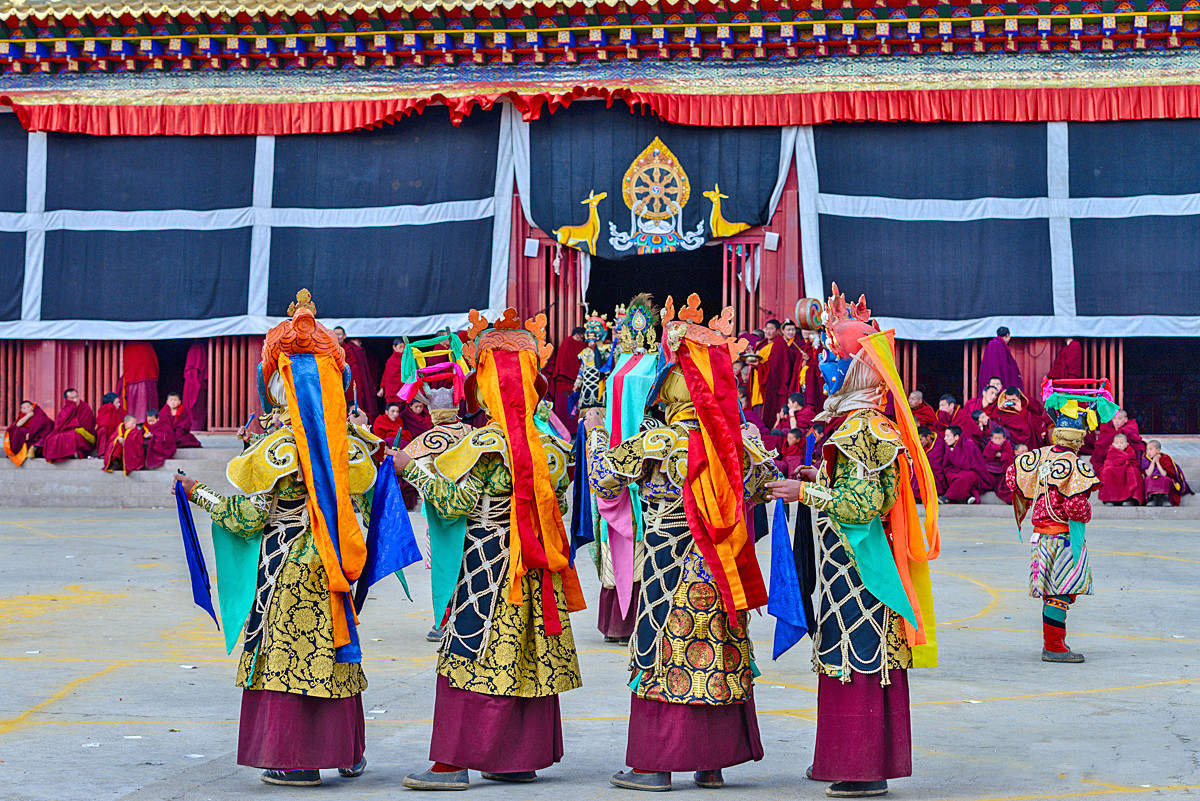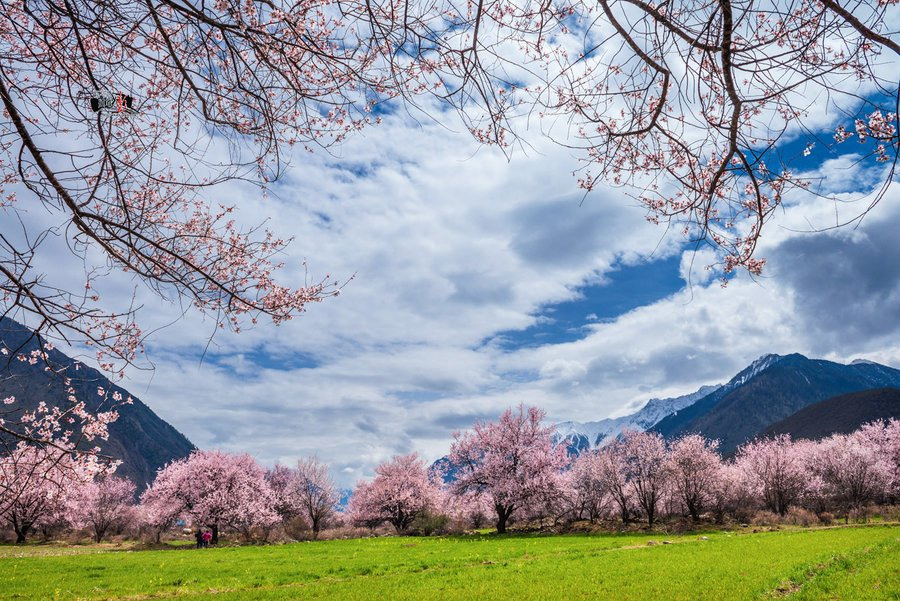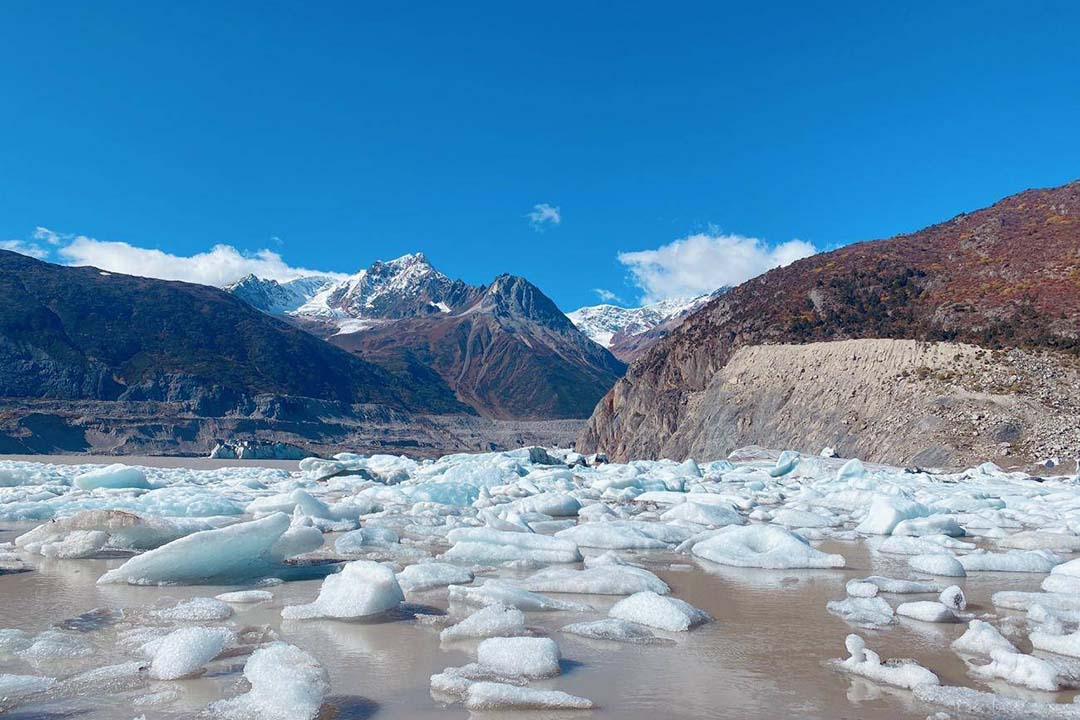A Way Lead to Heaven-Qinghai Tibet Railway
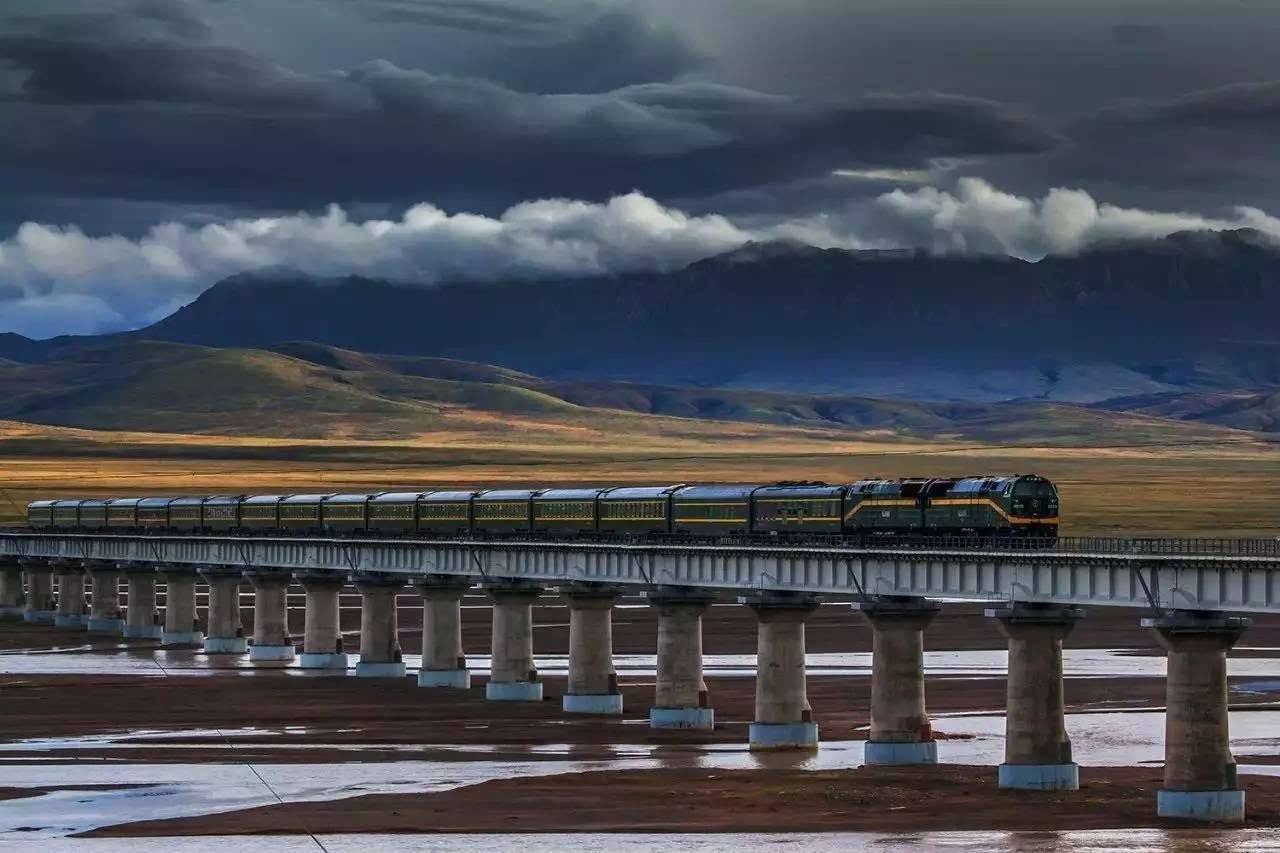
Extending 1,956 kilometers on the Qinghai-Tibet Plateau, the Qinghai-Tibet Railway connects, Xining, capital of Qinghai Province, and Lhasa, capital of Tibet. The Qinghai-Tibet Railway ends Tibet’s history without railway, and sets a new record for the world’s highest railway.
Reputed as “the sky road”, the railway itself is a great wonder without doubt. Of course, the breathtaking scenery gives additional attraction to this charming rail-track. Journey of Qinghai Tibet Railway is extraordinary,exiting experience, especially the train climb up to Qinghai Tibet Pleatau from Xinning. you will enjoy kinds of a stunning view of the Tibet plateau. For passengers enjoy the scenery better, there are some scenic stations en route, where you can get off the train and enjoy the marvelous landscape around.This magic railway goes through the distant lofty mountains, green rivers, blue lakes green oasis and prairie... changeable sky makes rain, snow, sun and incredible weather.
Though it is the highest railway in the world, you don’t need to worry too much about the altitude sickness. All Tibet trains are specially designed with an oxygen supply system, after departing from Golmud, as the trains make their steep climb to the plateau, the oxygen system is started, and oxygen is piped into all of the train’s cars, increasing the oxygen content of the normal air at higher altitudes. This is done to help prevent altitude sickness while traveling on the trains, as the steep climb to over 4,000 meters can cause altitude sickness in almost all travelers. The oxygen content inside the cars is roughly equal to that of the air at normal sea level.
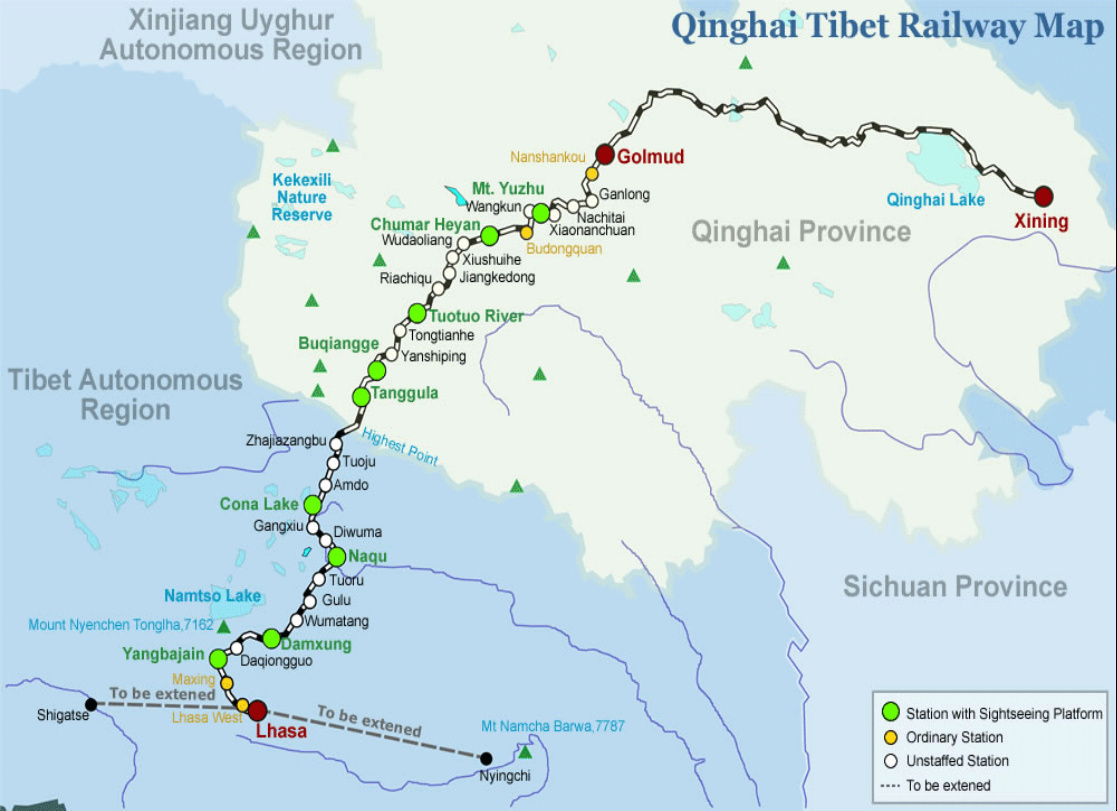
Built quite literally on the roof of the world – at an average elevation around 4,500m above sea level – the Qinghai-Tibet railway represents the culmination of the long-held Chinese dream of connecting China to Tibet.
Running for over 1,956km from Xining, capital of China’s Qinghai province to Lhasa, through some of the planet’s harshest natural conditions, it is an impressive catalogue of world records. With its highest point at an altitude of 5,072m – 200m or more above the Peruvian railway in the Andes – Qinghai-Tibet easily takes the title as the world’s highest track and Tanggula Station, a mere 4m lower, the highest railway station.
It is also the longest plateau railway in the world. Some 550m of its tracks are on frozen earth, passing through both the world’s most elevated tunnel – Fenghuoshan Tunnel (4,905m) – and the longest plateau tunnel – Kunlun Mountain (1,686m) – to be built on frozen earth.
Inevitably, constructing the line on permafrost and at an altitude where the air contains 35–40% less oxygen than at sea level presented some unique technical difficulties – with the route’s passage through the Kunlun earthquake zone adding its own additional challenges. The original section, covering the 815km from Xining to Golmud, opened in 1984, but it was not until 2001 that work began on the final 1,142 km to Lhasa. The line was completed in October 2005 at a cost of over $3.5bn.
● Some main stations along Qing-Tibet Railway
Mt. Yuzhu Station (4,159 m, 955 km from Xining)
Located 4159 meters above sea level, Mt. Yuzhu Station is the first sightseeing station on the Qignhai-Tibet Railway. Yuzhu Peak with an altitude of 6,178 above the sea level is the main peak of the Kunlun Mountains.
Chumaer River Station(4,495 m, 1,056 km from Xining)
The Chumaer River station is situated at a vital point on the route of the Tibetan antelope migration path. To avoid disturbing their migration, the 2,565 meter long Chumaer River Bridge, with 78 bridge holes, was constructed for wild animals to pass below. Flocks of pregnant antelopes trek from the east part of the Kunlun Mountains via this area and head further west to the hinterland of Kekexili to give birth to their offspring during summer.
Tuotuo River Station (4,547 m, 1,239 km from Xining)
The Tuotuo River is known as the source of Yangtze River, the longest river in China. Standing on the sightseeing platform, travelers can see this glittering, wide river and the 273 meter long bridge of the famous Qinghai-Tibet Highway.
Buqiangge Station (4,823 m, 1,380 km from Xining)
Standing on the sight-viewing platform at Buqiangge railway station, travelers can enjoy charismatic scenery of vast plateau meadows, grasslands, and grand snow-capped mountains. The natural features are well presented in this area, as designers of the Qinghai-Tibet Railway gave full consideration to environment protection.
Tanggula Station (5,068 m, 1,421 km from Xining)
The Tanggula Station is famous as the highest railway station in the world. Standing on the sightseeing platform, travelers will be amazed by the charismatic scenery of the Tanggula Mountain covered with snow all the year around, the vast plains, the highland lakes, the Tanggula River and glacier.
Cuona Lake Station (4,594 m, 1,553 km from Xining)
Cuona Lake is the nearest lake to Qinghai-Tibet Railway, with a distance of less than 100 m at the closest point, so travelers can get a fantastic view of this majestic alpine lake when standing on the sightseeing platform.
Nagchu Station (4,513m, 1,650 km from Xining)
Standing on the vast Qiangtang plain, the Nagchu railway station offers splendid sights of clear blue sky, crystal lakes, expansive plains, flocks of wild birds and the magnificent jokuls. If you travel to Tibet in early August, you can get off the train here and to enjoy the annual Nagchu Horse Racing Festival, which is held on the Qiangtang Grassland.
Damxung Station (4,293 m, 1,808 km from Xining)
When you arrive at Damxung, which is known as the 'the north gate of Lhasa', you are almost at your destination. But do not miss the breathtaking grassland scenery stretching all the way from Nagqu to Damxung.
You Might Like
- HOTEST
- RECOMMEND
